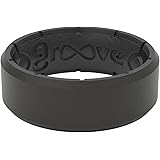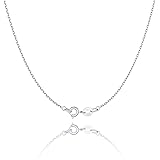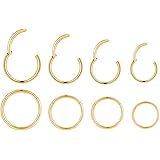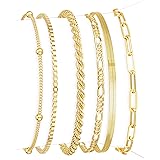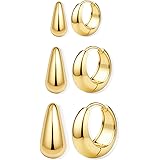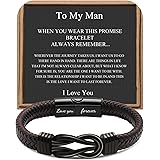Knots are an essential part of the jewelry-making process because they help to hold your thread and prevent it from tangling. They also provide a great way to add a decorative element to your necklaces and bracelets, especially when making beaded pieces. Whether you are a beginner or an intermediate jewelry maker, learning different knots can help improve the strength and aesthetic of your designs. In this article, Beadaholique senior designer Andrea Morici shows you how to tie a few of the most popular knots for jewelry – the overhand knot, square knot, surgeon’s knot and the lark’s head knot.
The overhand knot is a basic and versatile knot that can be used for a variety of projects. It’s great for finishing the ends of cord or string, and it can even be used to create a simple braided look. This type of knot is easy to learn and can be used on a variety of materials including leather cords, satin cords, hemp and more. To tie an overhand knot, begin by measuring 12 times the length of cord you need for your finished piece. This will give you plenty of cord to work with and will also ensure that your knots are tight and secure. To make your overhand knots even more secure, try putting a little glue around the base of the knot.
If you’re looking for a more decorative finish to your jewelry, the square knot is a beautiful choice. This knot works best with braided cords and can be adorned with beads or other decorations to make it more eye-catching. The square knot is also very durable and can be used for a variety of applications.
The surgeon’s knot is a very strong and durable knot that can be used to secure elastic cords. It’s great for adding a bit of flair to your stretch bracelet designs and is perfect for coordinating with other colors in your jewelry. The surgeon’s knot is similar to the square knot, but it has extra twists within it that make it more durable and prevent it from slipping.
Sliding knots are a great way to make a necklace or bracelet adjustable without the need for any clasps or crimps. They can be created on a variety of cords and are a great alternative for those who have metal allergies or just prefer a simple fastening solution. To create a sliding knot, start by measuring your cord and ensuring you have enough for your finished design. Then, thread the cord through two of the tunnels you have made to form your sliding knot.
To untangle a sliding knot, simply place your necklace on a flat surface and rub it with your fingers to loosen the knot. You can also use a small amount of baby oil, mineral oil or olive oil to lubricate the knot and help to untangle it. Alternatively, you can sprinkle the necklace with baby powder or spray it with Windex to untangle it.

